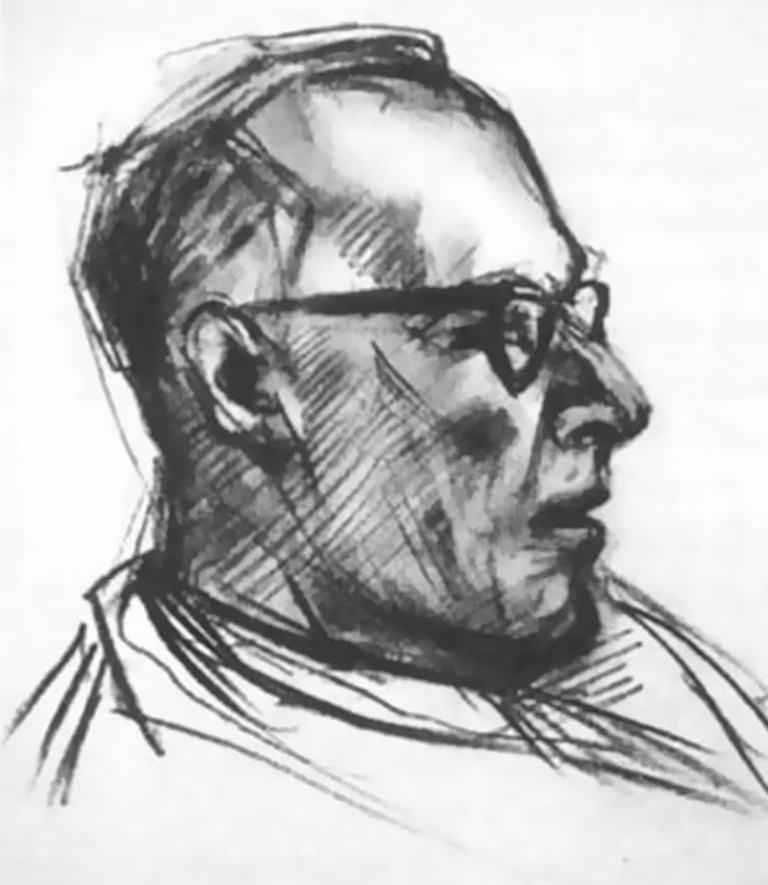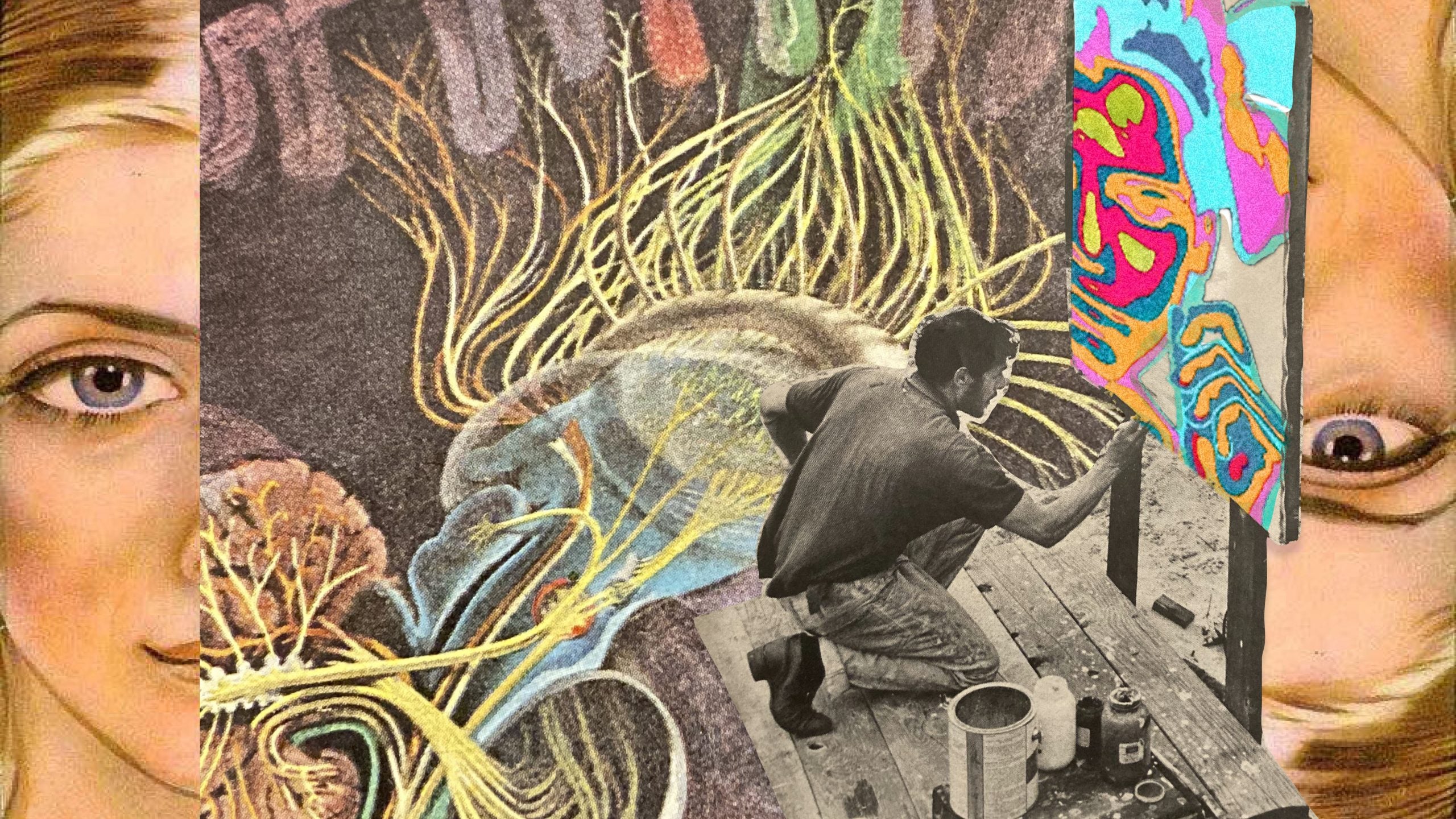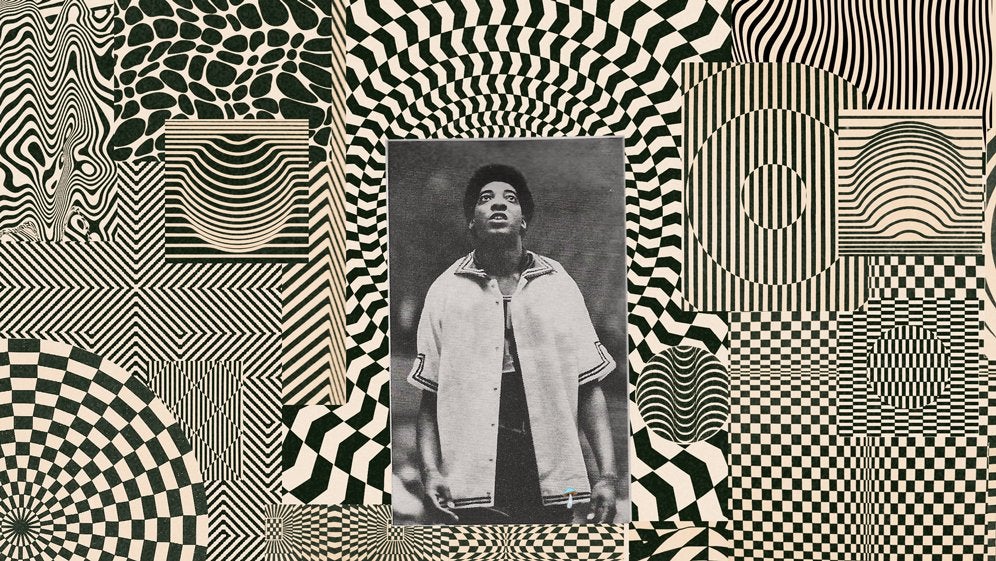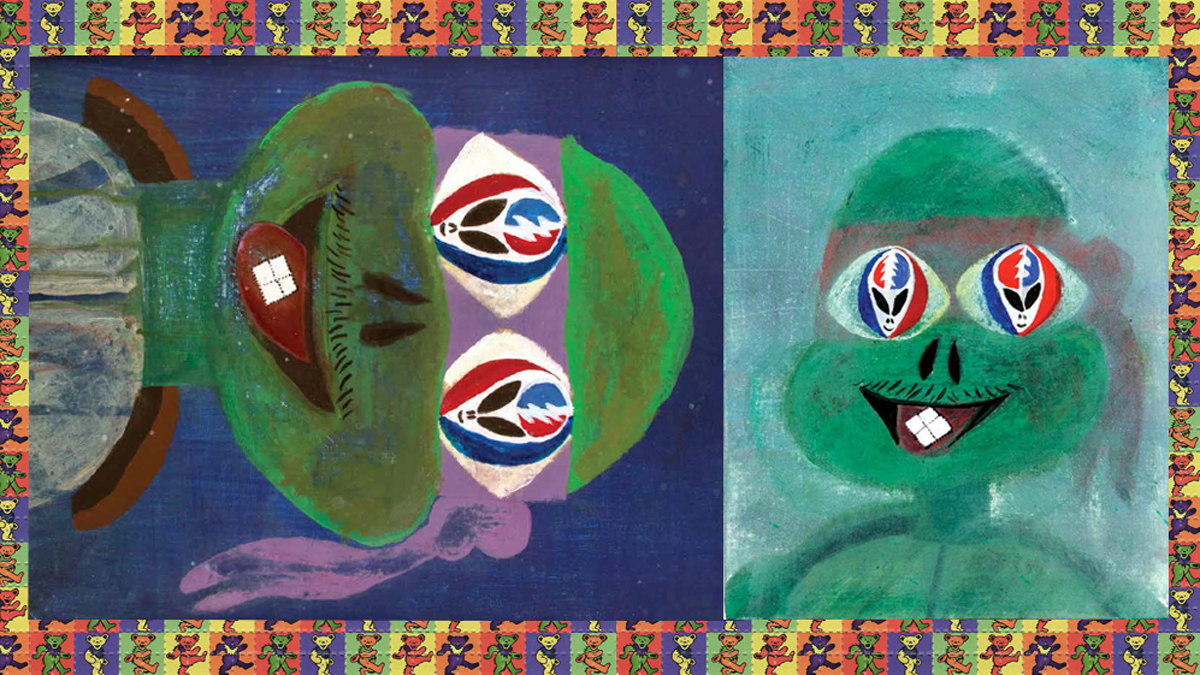How Microdosing Boosts Creativity
Modern society is only just figuring out what many indigenous cultures have known for millennia: the positive effects that natural psychedelics like psilocybin can have on our physical and emotional health. We’ve found evidence of ancient cultures using mind-altering plants as long as 10,000 years ago. We’ve been a little slower to catch on, but we’re slowly getting there.
Today we’re discovering for ourselves the ways psilocybin can make us think differently.
Anyone who’s taken mushrooms knows how they can open you up. Mundane things glow with renewed fascination. Original ideas can materialize from nowhere. With its vibrant immediacy, a mushroom trip is a shortcut to a flow state.
So what if you could get those benefits––thinking more creatively, receptiveness to new ideas––without the trip?
More and more research says that you can.
Janiger’s Psychedelic Portraits
In 1954, in perhaps the first proper psychological study of the links between psychedelics and creativity, psychiatrist Oscar Janiger gave an artist two doses of LSD, one hour apart, and instructed him to sketch Janiger’s portrait throughout his trip.
The first portrait is pretty standard. As the experiment progresses, however, the pictures grow looser, more abstract. The sketches expand from the center of the page to fill the edges. Extra lines dart and dash everywhere. A few hours in, a human silhouette is only just legible among the scribbles, consumed in a meshwork of lines and gestures. Eventually, though, the LSD’s effects ebb, the artist comes down, and the portraits become lifelike once again.


The experiment launched Janiger on a decade-long project studying the effects of LSD on creativity. By the end he’d dosed over 3000 people. Cary Grant and Aldous Huxley would volunteer to be his subjects. Not content just to observe, Janiger himself took LSD thirteen times. “It really took me out to a state in which I saw that many, many things were possible.”
Janiger worked primarily with LSD, but many of the same principles apply to psilocybin. Unfortunately, when the US government cracked down on psychedelics in the mid-1960s, Janiger’s work was cut short. It’s frustrating to think how much better we might understand psychedelics today if researchers like Janiger had been allowed to work freely.
In the decades since those trials, western societies have grown (somewhat begrudgingly) more permissive toward psychedelics, thanks largely to their effectiveness in treating acutely modern issues like anxiety, depression, PTSD, and addiction, among others. Governments have caught on and slowly loosened restrictions. There’s a long way to go, but Janiger’s successors are once again studying the links between psychedelics and the way we think, and the results are as exciting now as they were then.
How Psilocybin Changes Your Thought Patterns
“Creativity” is a pretty nebulous concept. At the risk of picking apart something that we probably shouldn’t, it’s really a combination of several modes of thinking.
First is divergent thinking, brainstorming a bunch of potential solutions to a single problem. It’s gathering many ideas from many places, and so it calls on improvisation, openness, and flexibility.
Second is convergent thinking; rather than finding many possible solutions, convergent thinking homes in on the single best solution to a problem. It draws on logic and critical thinking.
In there somewhere is also fluid intelligence, the brain’s capacity to approach and solve problems it’s never encountered before.
Of course, conscious thought is just one part of the creative process. Probably the smallest part. There’s also the intangible element of inspiration, that brilliant flash when you make something from nothing, combine unrelated parts into an entirely new whole. It’s not something we can isolate. But psilocybin can help us get there.
A recent study by psychopharmacology researchers from Maastricht University in the Netherlands showed that psilocybin can boost both divergent and convergent thinking. They gave fifty participants psilocybin-infused tea, interviewed them on empathy and life satisfaction, and tested their creative capacity before, during, and a week after their trip. They found immediate increases in divergent thinking, with boosts in convergent thinking following over the next week.
While these kinds of studies often rely on anecdotal evidence and loose methodologies, results like these are promising enough to motivate larger, more rigorous clinical studies, the kind that carry weight in the scientific community and can drive real change.
Thankfully, much of this current research shows that you don’t need to drop heroic doses to gain psilocybin’s benefits.
Microdose, Macro Benefits
While a macro dose can launch an intense burst of creativity, it’s not realistic (or advisable) to drop one every day. So it’s good news that taking smaller doses at regular intervals can provide similar benefits in a low-level but sustainable way.
Many people today (and, it’s safe to say, anyone reading this article) are familiar with microdosing; taking a fractional dose of a psychedelic like magic mushrooms, far too little to induce a hallucinogenic experience, but enough to boost your creativity, mood, focus, and contentment.
That dose can be as small as 50 mgs taken every few days (generally every third day is a good starting point).
The way psilocybin mushrooms help people suffering mental duress is the same way it boosts creativity: by promoting flexibility. A key part of psilocybin’s effectiveness in treating mental health is the way it loosens pathologically rigid patterns of negative thought. What is creativity if not a flexible mind?
Microdosing helps your mind see things in new ways, tune in to new concepts, consider ideas you may have otherwise dismissed. All through a dose so small you won’t feel any different at all. It’s just one of the many exciting new benefits we’re discovering in psilocybin mushrooms, but probably the easiest to make a part of your everyday life.





